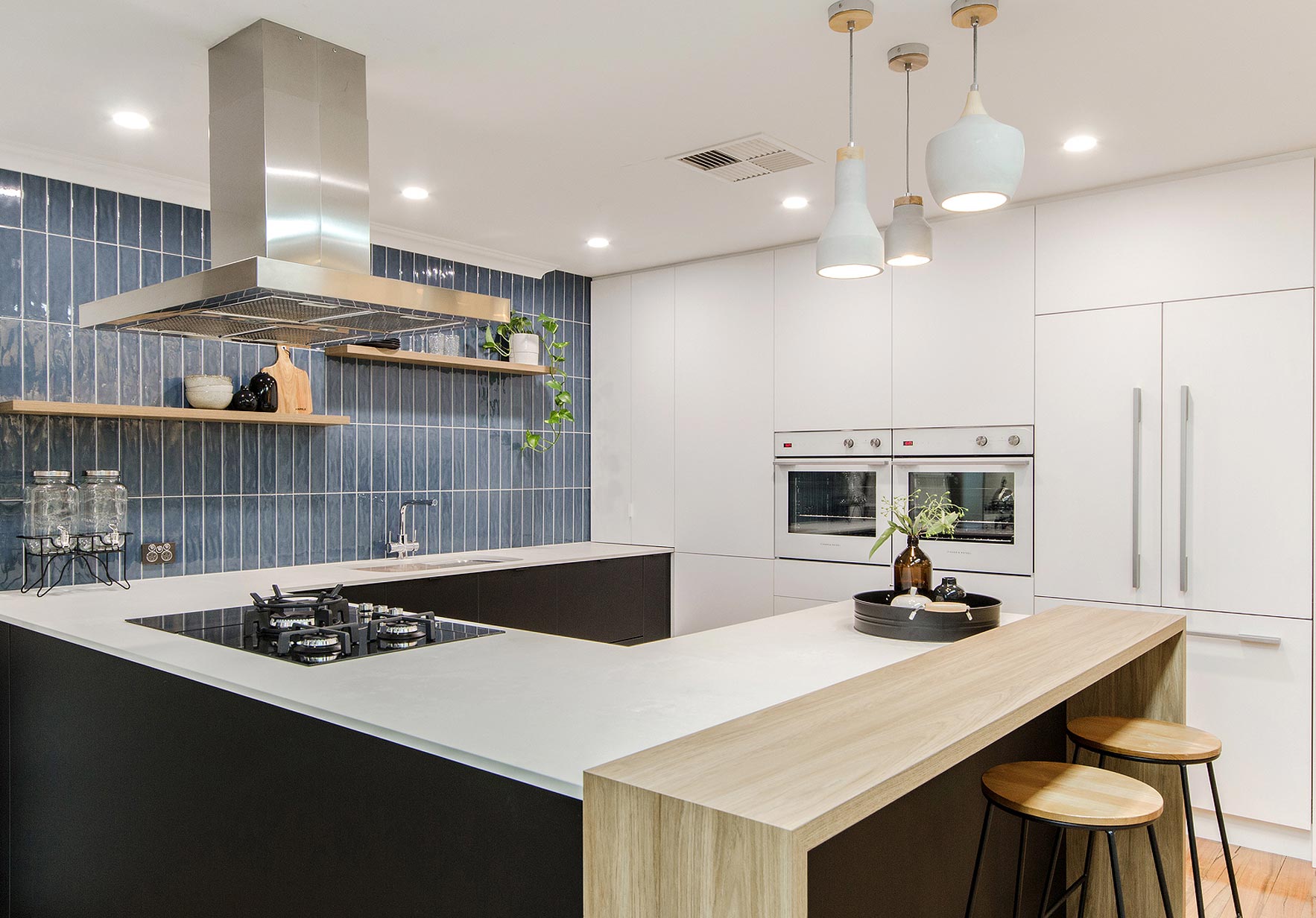
A business-oriented kitchen, that is well-designed, forms an integral part of safe, efficient and profitable commercial food preparation. A business-oriented kitchen that has been designed to take into consideration ergonomics will be highly prized by the proprietor, chef as well as the kitchen staff. It may not be that easy to really appreciate just how vital the design is until you’ve worked in a kitchen that has been badly designed.
A well equipped and designed kitchen will empower you to provide quality services to your customers. Careful assessment of the current and future needs provide you a solid foundation for business success. Smart kitchen designs create a positive work atmosphere and avert unnecessary bottlenecks and interruptions.
As you plan the design outline for your commercial kitchen, a number of factors should be taken into account.
Available Space
An extremely important concern is the amount of space you got available whether you’re building from the ground or having the kitchen placed within an already existing structure. Whichever method, you want to make the most of the space that is available without sacrificing work flow or speed.
Experts recommend that commercial kitchens designers ought to consult with their respective local utilities departments to help in identifying power and gas hookup locations as these could affect how the kitchen equipment gets positioned. Linking with local authorities is essential for obtaining guidelines from the health department on drain locations.
Investing in Energy Efficient Equipment
When you’re acquiring new cooking equipment, think about the whole product life-cycle costs, which ideally should include the acquisition price, and the annual costs of energy plus any other long-term expenses linked with that particular equipment. In addition, make sure it meets the Australian Institute of Environmental Health recommended Food Premises and Equipment Standards.
Ensuring Efficient Energy Consumption
For any business-oriented kitchen design, energy efficiency should be a major consideration, because it’s going to save you money on utility expenses. In an energy-efficient kitchen setup, your cooking equipment should be kept far apart as is feasible while still remaining convenient. For instance, your cooking equipment should be strategically positioned to optimize on the kitchen exhaust hood.
Foodservice Consultants Society International, a global professional design and management consulting services organization estimates that energy savings from efficient kitchen equipment could be as much as 40%, which is nearly 3 to 6 per cent of your total kitchen operating costs.
Ergonomics & Staff Mobility
An ergonomically designed kitchen is one where staff can stand in just one spot and carry out most of their chores with least walking, turning, reaching and bending. Additionally, ergonomics decrease fatigue levels, discomfort and decrease possibilities of injury in the kitchen.
A well-arranged kitchen allows your staff to move easily around without bumping into each other. This promotes an efficient and well ordered kitchen especially during the rush periods.
Design Flexibility
Flexibility in design is crucial for any kitchen. A change in the food industry management styles or trends in food could completely alter the menu, hugely affecting the usage and placement of your equipment, therefore your kitchen design should remain flexible.